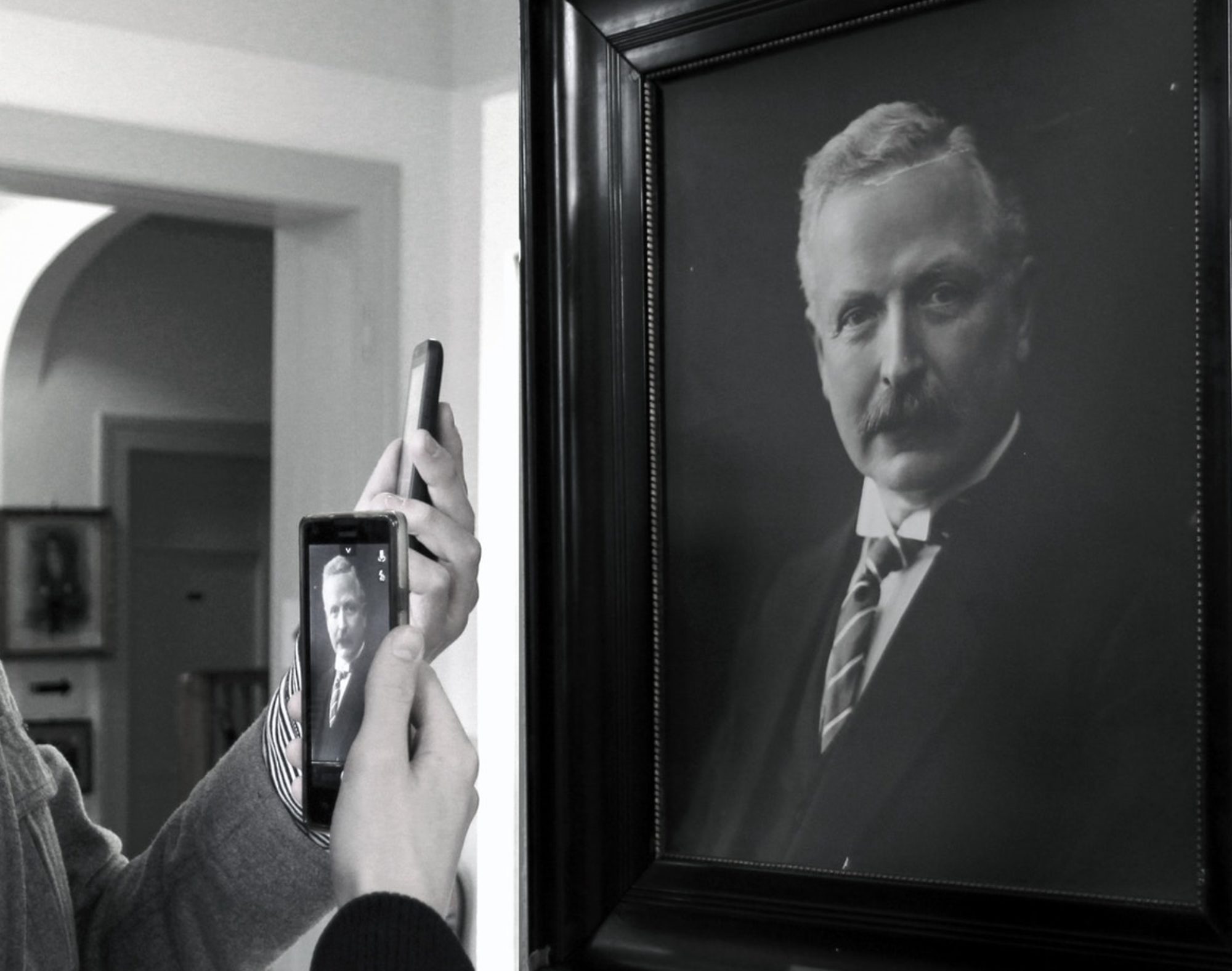It was one of the largest invasion forces ever assembled in human history. 175,000 fighting men, 50,000 vehicles, 5,333 ships, and 11,000 aircraft were prepared to deal the decisive blow to Adolf Hitler in the European Theater during World War Two. The mission was called Operation Overlord and its success would alter the course of history for decades (for more on the historical significance of the moment, check out Stephen E. Ambrose’s comprehensive book D-Day: June 6, 1944: The Climactic Battle of World War II).
Hollywood has done a great job over the years immortalizing the battle. But the Allied invasion of Fortress Europe on June 6th, 1944 should have failed. Fortunately, the Allies had prepared their military leaders to act like product managers.
As early as November 3rd, 1943 Hitler knew an Allied invasion was imminent along the German-occupied French coast and, if the invasion was successful, would pose a serious threat to the Nazi Reich. So he put one of Germany’s greatest generals, Field Marshall Eriwn Rommel, in command of the defenses. Rommel quickly realized that Hitler’s so-called Atlantic Wall was nothing more than incomplete fortifications manned mostly by Slavic prisoners pressed into German service against their will. Rommel (who earned the nickname ‘Desert Fox’ while out-maneuvering the British in North Africa) understood that any Allied landing had to be defeated on the beaches – he implemented many of the dangerous hazards American, British, and Canadian troops would encounter on D-Day. More important than the static fortifications, however, was Rommel’s plan to overwhelm any invasion force with tanks.
Rommel wanted the seven Panzer divisions in the Normandy theater (approximately 70,000 soldiers and hundreds of tanks) placed directly behind the beaches so they could respond swiftly to any landing attempted along the coast. But, even though Rommel had the most direct knowledge of conditions on the ground and experience in maneuver warfare, the German high command overruled his plan and placed many of the German troops much further inland – it would take three days for reinforcements to reach the battlefield. This pattern of top-down decision-making would seal the Nazi’s fate.
Allied military leadership, in contrast, empowered the lowest level leaders (lieutenants commanding platoons of 40 to 50 soldiers) to make critical battlefield decisions without seeking higher approval. To borrow from Jim Collins’s business management ideas, the Allied military strategy centered on getting the right people “on the bus” first so that they could best respond to changing conditions on the ground rapidly.
This idea of building a framework around sound decision-making in stressful situations with incomplete information is very similar to how a good product manager must operate. A product manager is responsible for the success of a product but she can’t be everywhere at the same time – in any given day, a PM could be engaged by conversations with customers about a prototype, discussions with sales and marketing teams about the validity of a new feature in the market, tweaking user experience elements with designers based on feedback, refining product requirements with the development team, ruthlessly prioritizing product requests, or selling internal executives on why a particular long-term vision for a product offering is worth investing in. Suffice it to say, there simply isn’t time to micromanage every detail.
A successful product manager must organize all of these moving parts around a unifying framework. Yes, an effective product leader must establish a compelling vision. But when it comes to actually getting work done, the product manager cannot become a bottleneck and must delegate decisions to other team members. When every team understands the desired outcome, the product manager doesn’t need to be available at all hours of every day to shepherd a product toward success.
In the same vein, all Allied platoon leaders knew every objective they needed to secure on D-Day. When the battlefield devolved into chaos, the Allied platoon leaders didn’t need to check with higher command – they adjusted to changing conditions on the fly and made good decisions.
For example, D-Day began the night before the beach landings when 13,000 Allied paratroopers expected to parachute into clearly-defined landing zones near their objectives (like strategic towns and bridges). Instead, they ended up scattered all across the Normandy coast – individual platoon leaders had to step up and organize ad-hoc units to successfully capture objectives, ensuring the troops coming ashore on the beaches could establish a beachhead.
The Germans, in contrast, had to wait for approval from senior leadership to organize a counterattack. In fact, any strategic military decision during the war had to pass through Hitler, and no one wanted to wake him on the night of the invasion. Worse, the commander who could have mounted an effective counterattack wasn’t available – Rommel went home to celebrate his wife’s birthday on June 5th.
The German centralized command structure severely hindered their ability to respond to the Allied invasion in real-time. Despite Rommel’s sound defensive plan, he wasn’t there to implement it; even if Rommel was present on the battlefield, he was not empowered to adapt the strategy as conditions changed. General Dwight D. Eisenhower, supreme Allied commander of the invasion, understood the tactical edge his platoon leaders had over their German counterparts when he remarked: “[i]n preparing for battle I have always found that plans are useless, but planning is indispensable” – when the situation on the battlefield changed, Allied platoon leaders adapted their plans; the Germans waited for approval to launch an already obsolete counterattack strategy.
Allied platoon leaders were crystal-clear about their missions and were empowered to achieve them through whatever means were necessary. Effective product managers know how to define clear objectives for their teams, resulting in sound decisions even when they aren’t present. It should come as no surprise that a successful product will deviate from an early roadmap plan – conditions on the ground are always evolving.

Adam F. Caplan is the product leader at a rapidly growing digital healthcare IT company.

